
The Picture of Dorian Gray is a philosophical fiction and gothic horror novel by Irish writer Oscar Wilde. A shorter novella-length version was published in the July 1890 issue of the American periodical Lippincott's Monthly Magazine. The novel-length version was published in April 1891. It is regarded as a classic of Gothic literature and has been adapted for films and stage performances.
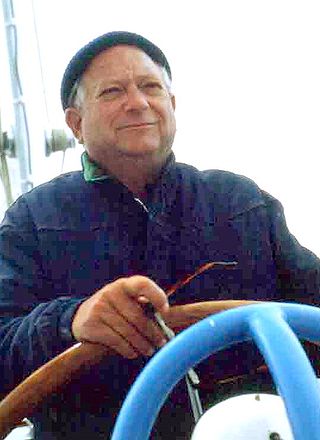
John Holbrook Vance was an American mystery, fantasy, and science fiction writer. Though most of his work has been published under the name Jack Vance, he also wrote several mystery novels under pen names, including Ellery Queen.

The Silver Chalice is a 1952 English language historical novel by Thomas B. Costain. It is the fictional story of the making of a silver chalice to hold the Holy Grail and includes 1st century biblical and historical figures: Luke, Joseph of Arimathea, Simon Magus and his companion Helena, and the apostle Peter.
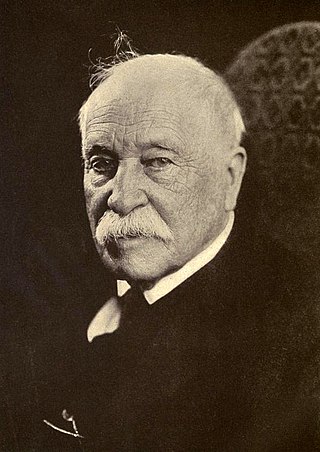
William Dean Howells was an American realist novelist, literary critic, and playwright, nicknamed "The Dean of American Letters". He was particularly known for his tenure as editor of The Atlantic Monthly, as well as for the novels The Rise of Silas Lapham and A Traveler from Altruria, and the Christmas story "Christmas Every Day," which was adapted into a 1996 film of the same name.

S. S. Van Dine is the pen name used by American art critic Willard Huntington Wright when he wrote detective novels. Wright was active in avant-garde cultural circles in pre-World War I New York, and under the pen name he created the fictional detective Philo Vance, a sleuth and aesthete who first appeared in books in the 1920s, then in films and on the radio.

The Bostonians is a novel by Henry James, first published as a serial in The Century Magazine in 1885–1886 and then as a book in 1886. This bittersweet tragicomedy centres on an odd triangle of characters: Basil Ransom, a political conservative from Mississippi; Olive Chancellor, Ransom's cousin and a Boston feminist; and Verena Tarrant, a pretty, young protégée of Olive's in the feminist movement. The storyline concerns the struggle between Ransom and Olive for Verena's allegiance and affection, though the novel also includes a wide panorama of political activists, newspaper people, and quirky eccentrics.

The Funhouse is a 1980 novelization by American author Dean Koontz, based on a Larry Block screenplay, which was made into the 1981 film The Funhouse, directed by Tobe Hooper. As the film production took longer than expected, the book was released before the film.
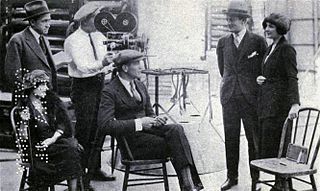
Red Hot Romance is a 1922 American silent comedy film directed by Victor Fleming. A fragmentary print survives in the Library of Congress.

Kim is a 1950 adventure film made in Technicolor by Metro-Goldwyn-Mayer. It was directed by Victor Saville and produced by Leon Gordon from a screenplay by Helen Deutsch, Leon Gordon and Richard Schayer, based on the classic 1901 novel of the same name by Rudyard Kipling.
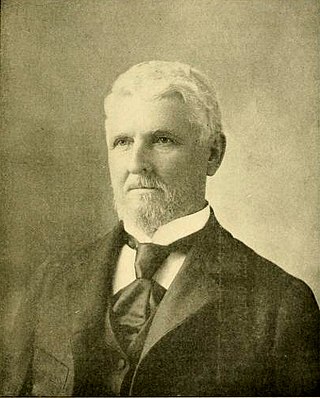
Abram Fulkerson was a Confederate officer during the American Civil War, and a Virginia lawyer and politician who helped form the short-lived Virginia Readjuster Party. He served in both houses of the Virginia General Assembly, as well as the U.S. House of Representatives, after which he published accounts of his wartime exploits and captivity.
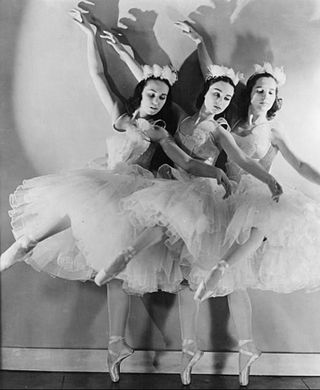
The company Ballets Russes de Monte-Carlo was formed in 1932 after the death of Sergei Diaghilev and the demise of Ballets Russes. Its director was Wassily de Basil, and its artistic director was René Blum. They fell out in 1936 and the company split. The part which de Basil retained went through two name changes before becoming the Original Ballet Russe. Blum founded Les Ballets de Monte Carlo, which changed its name to Ballet Russe de Monte Carlo when Léonide Massine became artistic director in 1938. It operated under this name until it disbanded some 20 years later.

Redtop – also spelled Red Top – is a historic Shingle Style house located at 90 Somerset Street, Belmont, Massachusetts. It was designated a National Historic Landmark in 1971 for its association with writer and literary critic William Dean Howells (1837–1920), a leading proponent of realism in literature. The Shingle Style house was designed by Howells' brother-in-law William Rutherford Mead, and it served as the Howells' residence from its construction in 1877 to 1882.

The Holcroft Covenant is a 1985 thriller film based on the 1978 Robert Ludlum novel of the same name. The film stars Michael Caine and was directed by John Frankenheimer. The script was written by Edward Anhalt, George Axelrod, and John Hopkins.
Orvil Eugene Dryfoos was the publisher of The New York Times from 1961 to his death. He entered the Times family via his marriage to Marian Sulzberger, daughter of then-publisher Arthur Hays Sulzberger.

The Five Gold Bands is a science fiction novel by American writer Jack Vance, first published in the November 1950 issue of Startling Stories magazine. It was published in 1953 as a separate book under the title The Space Pirate, and in 1963 it was paired with Vance's Hugo Award-winning novella The Dragon Masters in the form of an Ace Double.

Kathryn Moira Beaton is a Canadian comics artist best known as the creator of the comic strip Hark! A Vagrant, which ran from 2007 to 2018. Her other major works include the children's books The Princess and the Pony and King Baby, published in 2015 and 2016 respectively. The former was made into an Apple TV+ series called Pinecone & Pony released in 2022 on which Beaton worked as an executive producer. Also in 2022, Beaton released a memoir in graphic novel form, Ducks: Two Years in the Oil Sands, about her experience working in the Alberta oil sands. Publishers Weekly named Ducks one of their top ten books of the year.
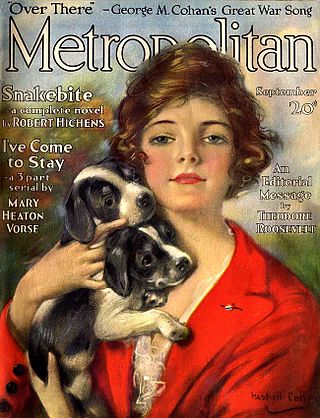
Metropolitan was an American magazine, published monthly from 1895 to 1925 in New York City. Former U.S. President Theodore Roosevelt was editor of the magazine during World War I when it focused on politics and literature. It was sometimes named, or called, Metropolitan Magazine or The Metropolitan, and its final issues were published as Macfadden's Fiction-Lover's Magazine.

Shadow Country is a novel by Peter Matthiessen, published by Random House in 2008. Subtitled A New Rendering of the Watson Legend, it is a semi-fictional account of the life of Scottish-American Edgar "Bloody" Watson (1855–1910), a real Florida sugar cane planter and alleged outlaw who was killed by a posse of his neighbors in the remote Ten Thousand Islands region of southwest Florida.
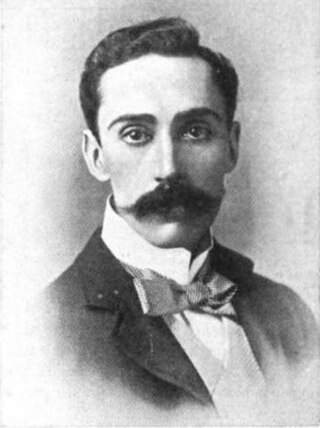
Leonard Merrick was an English novelist. Although largely forgotten today, he was widely admired by his peers; J. M. Barrie called Merrick the "novelist's novelist."

Torrens was a three-masted clipper ship that was built in England in 1875 and scrapped in Italy in 1910. She was designed to carry passengers and cargo between London and Port Adelaide, South Australia, and was the fastest ship to sail on that route. She is notable as the last sailing ship on which Joseph Conrad served before he began his writing career.




















